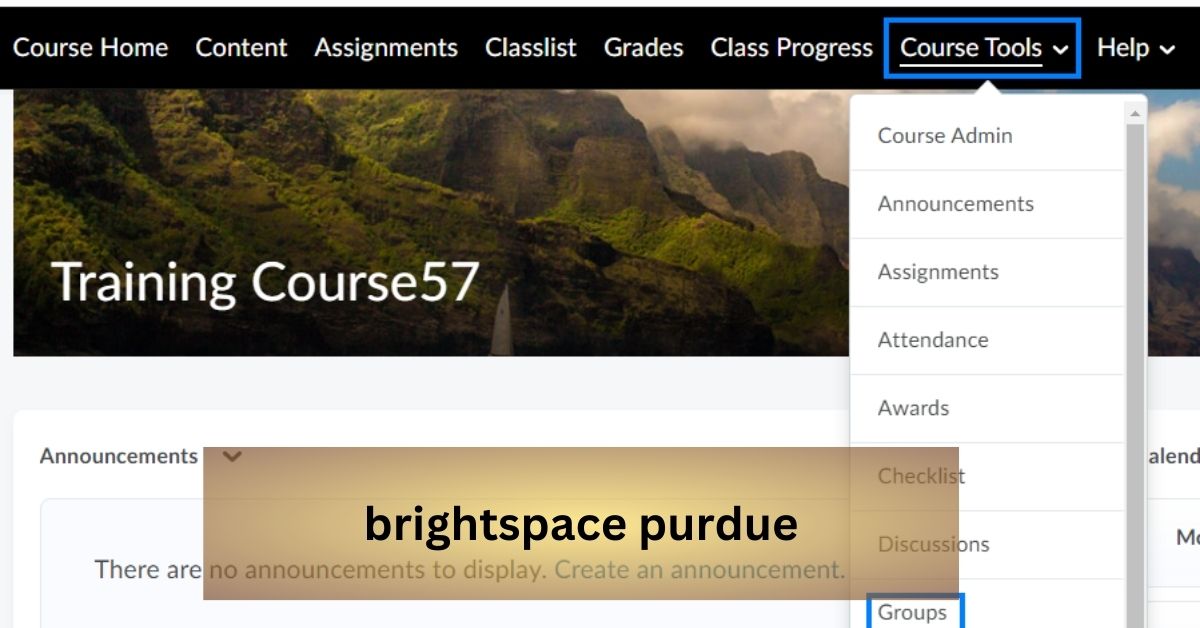Regular eye exams are a part of maintaining your overall health. Whether it’s your first visit to an optometrist or a routine check-up, understanding what to expect can make the experience more comfortable and reassuring. An eye exam is an opportunity to know if your vision is functioning properly and to address any potential issues. Here’s a step-by-step overview of what typically happens during an eye exam, so you can feel prepared and confident.
Comprehensive Medical History Discussion
The first part of your eye exam typically involves a conversation about your medical history. This includes your current health, any medications you’re taking, and any existing eye or vision concerns you’d like to discuss. Your optometrist may also inquire about your lifestyle choices, such as screen time habits or how often you wear sunglasses outdoors, to assess any factors that might impact your vision. If you’ve noticed symptoms like blurry vision, headaches, or difficulty seeing at night, this is the time to mention those concerns.
Vision Testing
The vision testing portion of the exam is where you’ll learn about the clarity of your sight, both near and far. You may recognize the classic scenario involving an eye chart, which measures your ability to read letters of varying sizes from a set distance. These tests, such as a refraction assessment, help determine your exact prescription if you need corrective lenses. During this process, the optometrist will switch between different lens options and ask which provides the clearest vision.
Eye Health Evaluation
Examining your eye health is just as important as testing your vision. Your optometrist will perform a series of non-invasive tests to assess the inside and outside of your eyes. These exams can help detect early signs of conditions like glaucoma, cataracts, or macular degeneration before they affect your vision.
During this part of the exam, you might encounter tests like pupil dilation, which allows the optometrist to get a close look at the back of your eye, including the retina and optic nerve. They may also check your eye pressure to screen for conditions like glaucoma or use a microscope-like device called a slit lamp to thoroughly examine your cornea, iris, and other structures.
Specialty Tests and Recommendations
Depending on your needs, your optometrist may recommend additional tests or treatments. This helps that any specific concerns are addressed early. Some specialty tests might involve advanced imaging of the eye or assessments for conditions like dry eyes or color blindness. At the end of your appointment, your optometrist will review the results of your exam and discuss your overall eye health.
Key Tips to Prepare for an Eye Exam
Before your visit, there are a few steps you can take to make your eye exam more efficient and productive:
- Bring Your Glasses or Contacts: If you wear corrective lenses, bring them along so your optometrist can assess how they’re working for you.
- List Your Questions: Prepare a few questions in advance so you don’t forget to address anything important.
- Know Your Medication: Have a list of any medications you’re taking, as they can sometimes affect your vision or eye health.
Taking Care of Your Vision
An eye exam is about more than just reading letters on a chart—it’s a key step in protecting your long-term vision and general health. By knowing what to expect and being proactive in your care, you’ll leave the appointment with greater clarity about your eyes and your needs. When scheduling your next eye exam, you’ll now feel informed and ready to prioritize your vision. If it has been a while since your last visit, schedule an appointment with a trusted optometrist and keep your vision in focus.



